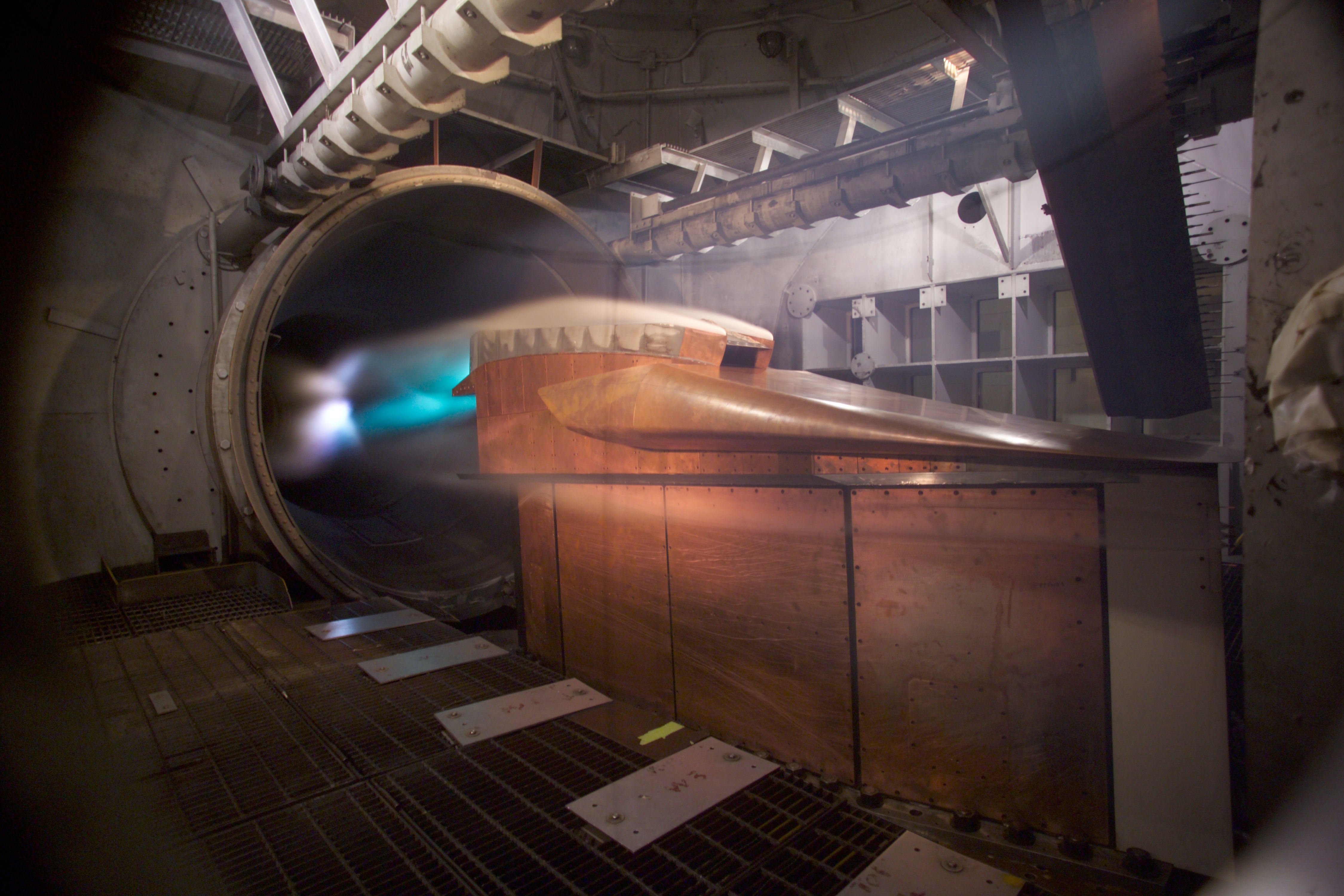A new member of the archaea without metabolism: is it alive?
This post reports a new form of life that is clearly a member of the archaea, with characteristics of that group, but also lacking a vital feature of other archaea as well as other bacteria and all eukaryotes: metabolism: the pathways (mostly involving enzymatic proteins) that keep an organism going and reproducing by converting nutrients … Continue reading A new member of the archaea without metabolism: is it alive?

This post reports a new form of life that is clearly a member of the archaea, with characteristics of that group, but also lacking a vital feature of other archaea as well as other bacteria and all eukaryotes: metabolism: the pathways (mostly involving enzymatic proteins) that keep an organism going and reproducing by converting nutrients into energy. Its lack of genes for metabolism makes it resemble a virus, what hijacks its nutrients from the cells it infects. But viruses can’t completely self-replicate like this new critter, for viruses also partly hijack the DNA/RNA replication system of their hosts.
The new creature, whose appearance is unknown since it was identified from DNA alone, must get its metabolites through association with other species. Finally, the new creature does have something that viruses lack—a complete system for replicating its genome: ribosomes, DNA, genes for transfer RNAs, and so on. In other words, in important ways it’s different from viruses, but also different from other archaea as well as bacteria and eukaryotes (organisms with “true cells” that have their DNA in the nucleus and have membrane-covered organelles like mitochondria and chloroplasts). The DNA of this creature is in a single circular chromosome like that of bacteria and archaea. Its unique features appears to make it a member of a new domain of life.
The question is this: is this new organism even alive? Viruses are regarded by many biologists as “not alive” because they can’t grow, they have no metabolism to sustain themselves, and are completely dependent for reproduction on the replication machinery of other organisms (bacteria or eukaryotes) they parasitize.
Well, read about this new organism below, discovered by sequencing DNA inside of a singe eukaryotic cell tell me if you think it’s “alive.”
But I’m getting ahead of myself. Let’s review:
There are three domains of life: the bacteria, the archaea (discovered only in 1977 by Woese and Fox), and the eukaryotes (everything else, all having membrane bound nuclei and organelles). Together, the bacteria and archaea are called “prokaryotes” (i.e., single celled microorganisms), and everything else besides viruses comprise the “eukaryotes.”
The phylogeny (family tree) of these domains is shown below. It was realized only recently that all organisms with true cells (e.g., us) descended from archaea, as shown below. That means three things. First, we are more closely related to the archaea (which often live in weird places like hot springs or hyper-salty water) than we are to bacteria. Eukaryotes did not evolve from bacteria.
Second, eukaryotes like us could be thought of as archaea, since we are nested within that group. In the same way, we could be thought of as fish, and birds as reptiles.
Finally, archaea are considered paraphyletic: the group does not contain all the descendants of its common ancestor. The eukaryotes are not considered archaea, but ARE descendants of the common ancestor of archaea; they just branched off later into a new domain of life.
Now this family tree was constucted from DNA sequence similarity, but archaea also share certain traits with eukaryotes that bacteria don’t have, including “shared metabolic pathways, similar enzymes involved in transcription and translation, and DNA replication mechanisms.” That is what a query to Google tells me. Remember, this area is far from my own biological expertise, so if you see an error, let me know!
This tree is from a website run by Oregon State University. Note our closer relationship to archaea than to bacteria.
Here are two comparisons of the traits of the groups (there are overlaps),the first from an article on Researchgate, and the second from Wikipedia. Note that in the last three lines of the first chart, archaea have several features of DNA replication that are more similar to eukaryotes than to bacteria. This is just one reason why eukaryotes are thought to have descended from archaea.
Note that all three groups have metabolism (pathways to produce energy and grow), and cell walls, but eukaryotes have a special cell wall with two layers of lipids and a layer of protein. Viruses, not shown in this comparison, have only a protein capsule around them. (Bacteria and archaea have more complicated cell walls.)
Viruses do not metabolize and are widely regarded as “nonliving particles”. Bacteria and most archaea have metabolism.
The paper describing the new finding is apparently not yet published, but you can find it at bioRχiv by clicking the title below or downlading the pdf here.
How did they find this thing? In a weird way. The researchers took a single individual of the dinoflagellate Citharistes regius and amplified and sequenced all the DNA it contained. Besides the DNA of the dinoflagellate, it also found DNA from three other types of organisms: cyanobacteria (photosynthetic bacteria once called “blue-green algae”), two species of gamma proteobacteria (a well-known group) and then the weird species under consideration, which they call Candidatus Sukunaarchaeum mirabile. This apparently means it’s a candidate species that hasn’t been formally described. We’ll call it CSM in this post. We don’t know what it looks like or what its ecology and behavior is, except we know it must be parasitic, commensal, or symbiotic with some other species. It cannot live on its own because it can’t metabolize.
Here is its genome shown in the paper. This is all we know of the organism’s biology:

It is in the Archaea as the DNA certainly shows its affinity. But, as shown below, its lineage originated very soon after the archaea branched off from their common ancestor with bacteria.
It has a very small genome: 238,000 base pairs, though that is not the smallest genome known of any organism in the three domains of life (note I’m using “life” here, though this thing may be more virus-like and hence “not alive”).
The chomosome is circular, presumably because sequencing it, one arrives back at the beginning again.
It has 222 genes, most of which are devoted to the machinery for making copies of itself. These include transfer RNAs and ribosomal RNAs, which are not found in viruses, all of which hijack that stuff from the cells they infect.
It has NO genes for metabolism (no genes for it), so CSM must grow and divide using resources from cells that it hijacks. Other bacteria and archaea (and of course eukaryotes) have the genes for metabolic processes, making CSM more virus-like. But, as I said, it differs from viruses by having a complete set of “self-replication core machinery” and genes that are like those in archaea.
189 of its 222 genes make proteins. All but five of these are devoted to self-replication. Several are very large and strongly suggest that they constitute part of the cell wall (they call it “membrane”), though the researchers are not sure about this.
Here’s a summary of the organism. Note that its unique character, lacking metabolism, makes it distinct from other domains of archaean life.
And a figure from the paper (just look at “a” on the left side) showing where it fits in the family tree of prokaryotes. It branches off from the rest of the archaea early, and then evolves very fast, as you can see by the long branch of its lineage, probably reflecting strong natural selection on the lineage.

To summarize:
CSM is an Archaea as seen from its DNA sequence. Of this there is no doubt.
But unlike other Archaea or even bacteria, it has NO metabolic machinery. In this way it’s similar to a virus.
But it is dissimilar to viruses because it has the complete machinery for self-replicating its genome, which viruses lack.
Ergo, it must be associated in some way with other organisms to be able to replicate.
We have no idea what it looks like, though it almost certainly is a cell rather than a virus.
Here’s how the authors highlight CSM’s uniqueness:
The discovery of Sukunaarchaeum not only expands the known boundaries of archaeal diversity but also challenges fundamental concepts of cellular life. The extreme metabolic simplification raises fundamental questions about the minimal requirements for cellular life. Sukunaarchaeum, focused almost entirely on genetic self-perpetuation, represents a compelling example of how far metabolic reduction can proceed within a cellular framework. Its minimal genome, absolute host dependence necessitated by profound metaboliceduction, rapid evolution, and significant investment in large, membrane-associated proteins potentially mediating host interaction constitute a unique combination of characteristics that are collectively reminiscent of viruses. Nonetheless, Sukunaarchaeum remains fundamentally cellular – a key distinction from viruses, which typically lack their own core replication machinery genes and rely on host systems. It possesses ribosomes and the core transcriptional and translational apparatus inherited from cellular ancestors. Thus, while clearly cellular, its extreme metabolic dependence and specialization for self-replication are virus-like in nature, suggesting that Sukunaarchaeum may represent the closest cellular entity discovered to date that approaches a viral strategy of existence.
The authors found this organism by sequencing a single eukaryotic cell; CSM was likely inside this cell, like a virus in a human cell, but we don’t know if CSM damages its host(s) in any way. It is likely that many more organisms like this exist but aren’t known because people don’t do DNA sequencing of entire single-celled eukaryotes very often. Dinoflagellates are aquatic organisms, but there may be more stuff like CSM found by sequencing DNA in the soil.
I’ll add that this organism might give us an idea of how viruses originated because, if it loses some of its core replication machinery and genes for making membranes, it would become a virus. It is unlikely to be a virus that might develop into an archaean, as it already is an archaean with a membrane, but would have to evolve a tremendous amount of new metabolic machinery to be able to fuel itself, and that metabolic machinery would have to be genetically similar to the metabolic machinery of already-existing archaea. That would be an unheard-of event of convergent evolution, thus very unlikely. This thing, so far, is sui generis.
Finally, IS IT ALIVE? That, as you might guess, depends on your definition of “life”.
If you count the ability to self-replicate on its own, CSM is alive. In that sense viruses are not alive, and most of us think they’re not. (Bur remember that it needs to be assocated with another species to self-replicate.)
But if you count the ability to sustain itself by metabolizing and fueling its own replication, then it is NOT alive.
You pays your money, you takes your choice.




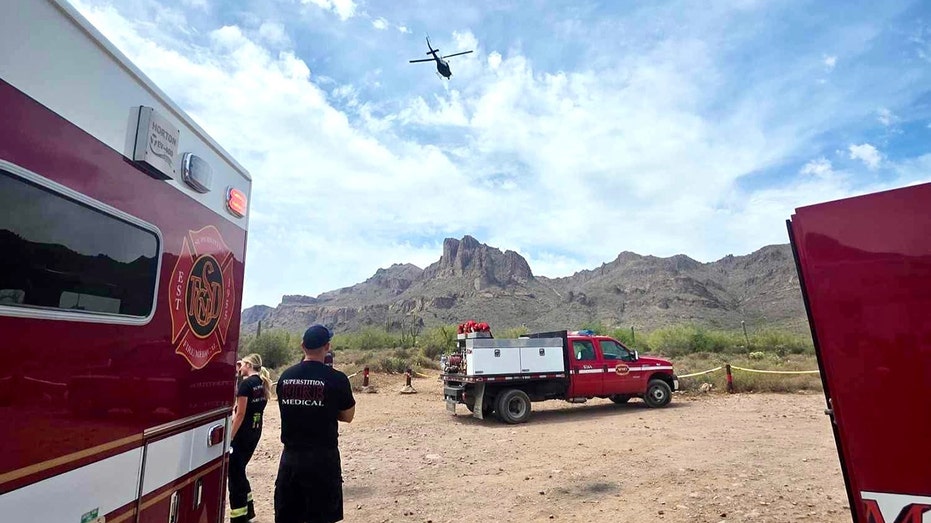






![[DEALS] The 2025 Ultimate GenAI Masterclass Bundle (87% off) & Other Deals Up To 98% Off – Offers End Soon!](https://www.javacodegeeks.com/wp-content/uploads/2012/12/jcg-logo.jpg)







-Olekcii_Mach_Alamy.jpg?width=1280&auto=webp&quality=80&disable=upscale#)








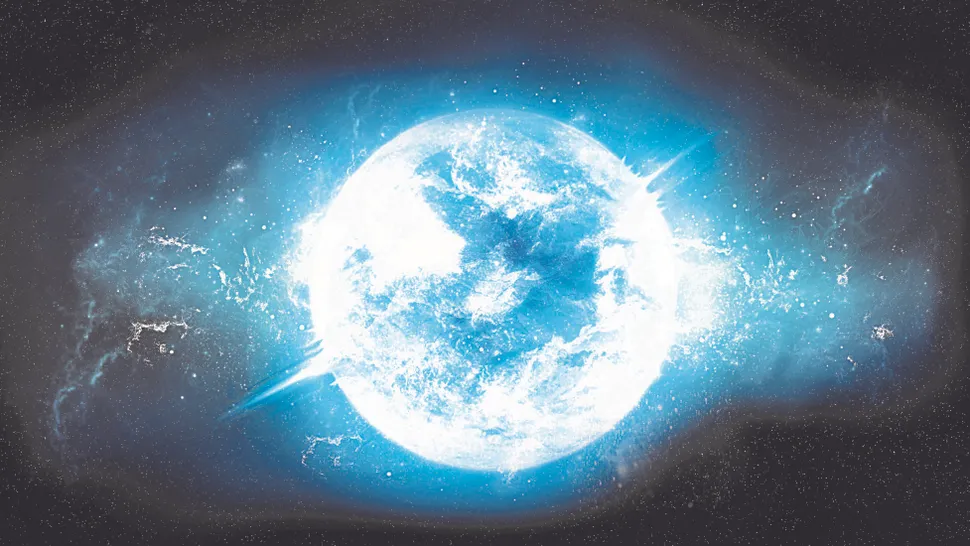
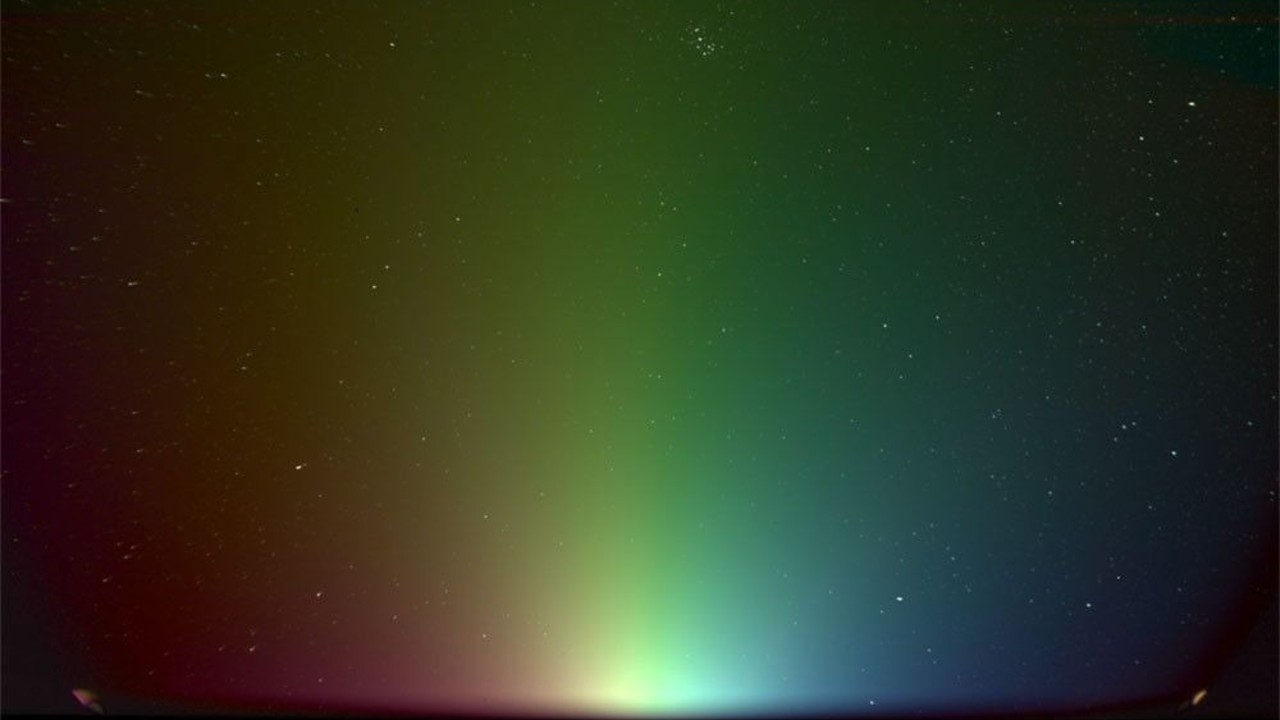








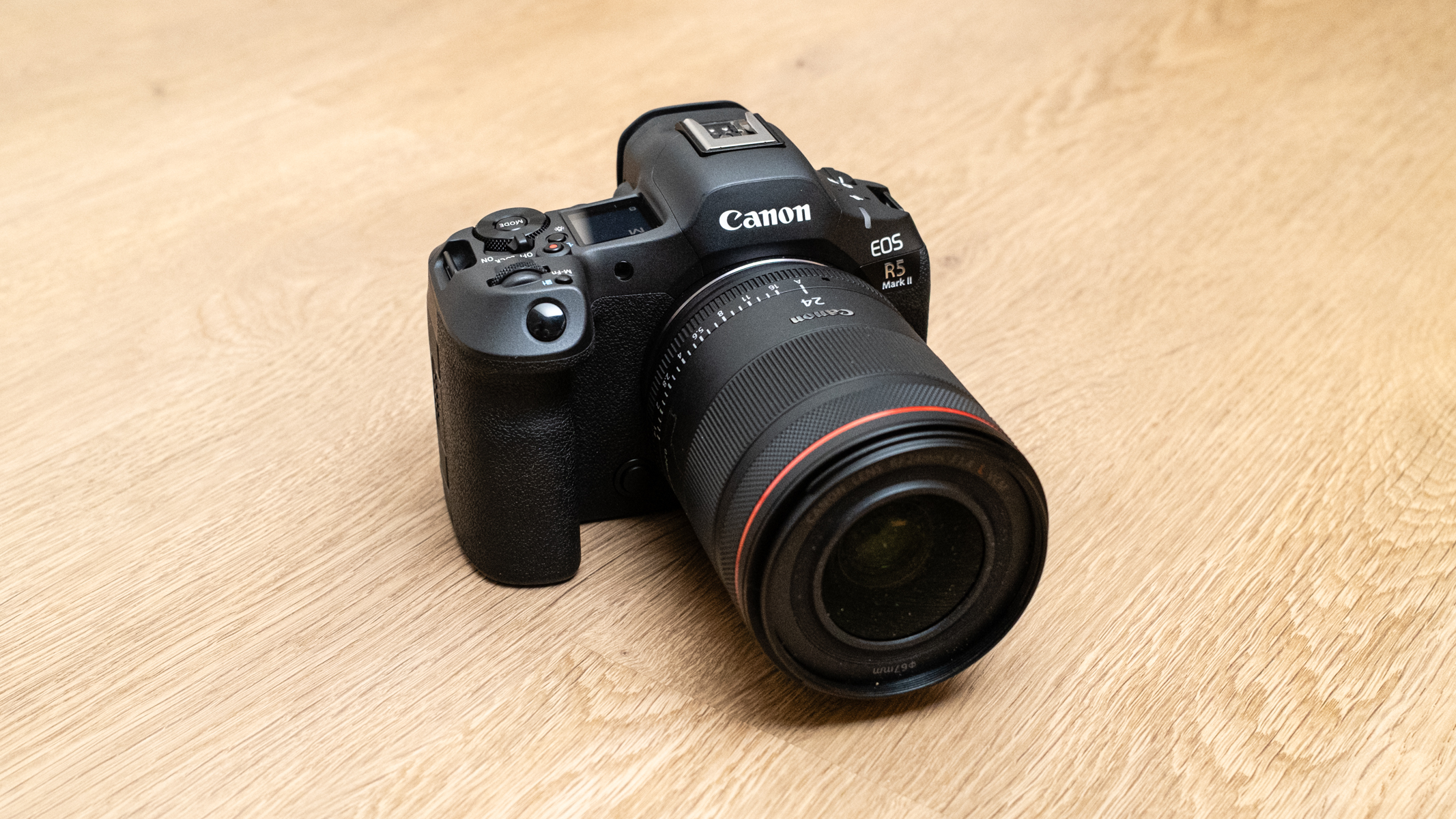

![Air Traffic Controller Claps Back At United CEO Scott Kirby: ‘You’re The Problem At Newark’ [Roundup]](https://viewfromthewing.com/wp-content/uploads/2025/05/scott-kirby-on-stage.jpg?#)

































